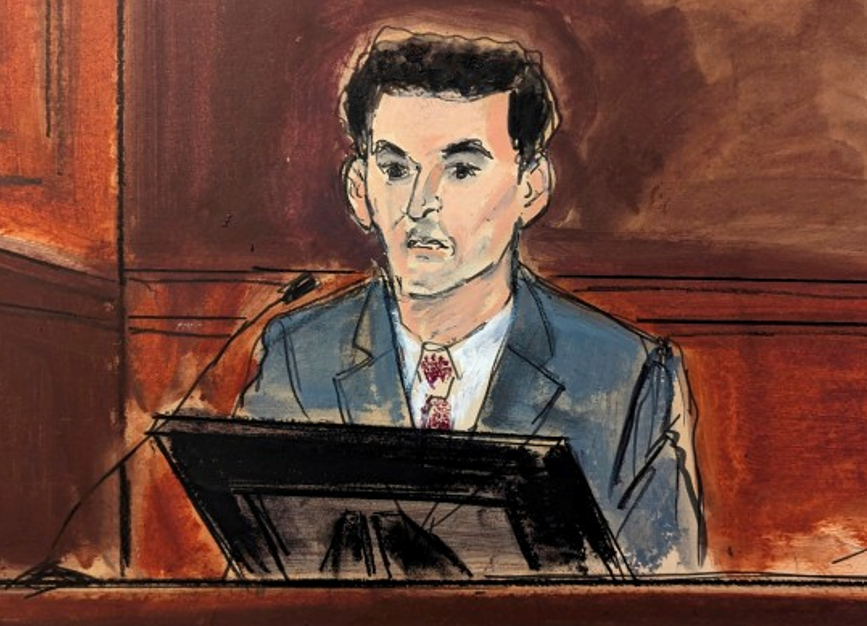
This Thursday, the prosecution called its final witnesses before resting its case and handing over the reins to the defence. FBI Agent Mark Troiano briefly testified about the existence and nature of Signal groups within FTX and Alameda. Most of these groups used the auto-delete feature, although Bankman-Fried had not sought approval for this from legal counsel.
Bahamian attorney Krystal Rolle, who represented Bankman-Fried and FTX in November 2022, testified that FTX transferred all digital assets it possessed to the Bahamas regulator. She also said that a meeting with the SEC regarding the liquidation of the Bahama-based FTX Digital Market had taken place after the exchange's collapse.
Joseph Pimbley, a financial services expert and consultant, was expected to respond to testimony by Caroline Ellison and others that Alameda had “an essentially unlimited line of credit on FTX.” According to his analysis, FTX had over $5.8 billion in assets in November last year, not including balances of FTX entities or Alameda Research. The prosecution highlighted that the exchange database did not properly reflect the real situation at that time.
Bankman-Fried was not initially expected to take the stand as his testimony might take months, but he (or his legal team) decided that he should directly address the jurors in a bid to prove his innocence. Bankman-Fried first gave a mock testimony without the jury present on October 26 so that the judge could decide what parts of his evidence were admissible to be heard by the jury.
“ - The defense calls Mr. Sam Bankman-Fried.... Good morning. What did FTX stand for? - Futures Exchange. We thought we could build the best product on the market.”
Bankman-Fried acknowledged making “a number of small mistakes and a number of big mistakes,” and that a “lot of people got hurt,” but he denied any wrongdoing in the exchange’s relationship with Alameda Research.
He described the founding of the companies and explained the relationship between Alameda and FTX, pointing out that it was the exchange's primary market maker and liquidity provider, also acting as a payment processor, which is why it had customised features encoded.
According to Bankman-Fried's testimony, Alameda would be responsible for covering customer losses if FTX’s risk engine failed.
He also referred to the Terms of Use, stressing once again that FTX was allowed to use funds for any purposes and highlighting a very convenient provision:
"Your account balance may be subject to claw back due to losses suffered by other users.”
Bankman-Fried mentioned that he had considered shutting down Alameda, as he believed that the right management team might not have been in place. He claimed to be surprised when Caroline Ellison notified him that Alameda had nearly gone bankrupt. Bankman-Fried also responded uncertainly to many other lines of questioning.
We expect more details on the defence team's strategy next week, although it is likely that Bankman-Fried will claim that lawyers made him believe he was allowed to do what he did while acting in good faith. Bankman-Fried will continue his testimony followed by a cross-examination scheduled for October 30.

